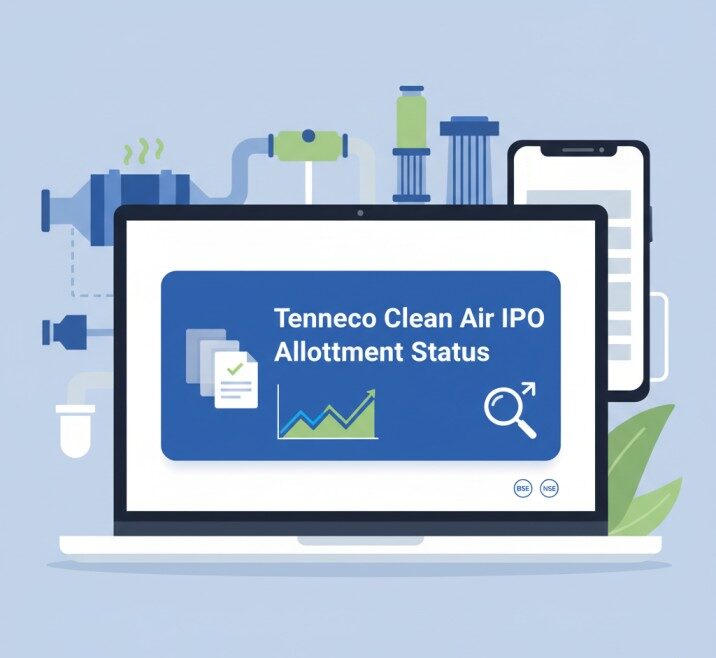
Mahindra XUV700 Facelift: Everything You Need to Know About the Upcoming SUV Upgrade
The Mahindra XUV700 facelift has become one of the most searched automotive topics in India, dominating Google Trends and sparking

In today’s fast-moving business landscape, inventory can either be your greatest asset or your biggest liability. Effective inventory management and control are crucial, but without one essential process—inventory verification—even the best systems can fall apart.
Whether you’re a retailer, manufacturer, or logistics company, consistent and accurate inventory verification can make or break your operational efficiency. In this blog, we’ll explore why inventory verification is the foundation of strong inventory management and inventory control, and how it helps businesses like yours reduce errors, save money, and scale sustainably.
Inventory verification is the process of comparing actual physical inventory with recorded inventory data. It’s not just about counting items on shelves—it’s about ensuring that your business records align with what’s truly available.
This step includes:
Physical stock counts
Matching inventory reports with ERP/software records
Investigating discrepancies
Regular audits and cycle counts
Without proper verification, even the most advanced inventory management systems can produce misleading data.
Here’s what can happen when inventory verification is skipped or poorly executed:
Overstocking – You buy more than you need, tying up cash and storage.
Stockouts – Customers leave due to unavailable products, harming your brand.
Wasted Resources – Employees spend time fixing avoidable mistakes.
Financial Losses – Shrinkage, theft, or poor forecasting costs businesses billions annually.
By incorporating a robust verification process, companies significantly reduce these issues.
Inventory management refers to the strategies used to track, forecast, and replenish stock across your supply chain. But these systems are only as reliable as the data fed into them.
✅ Accurate Forecasting: Verified stock data means better demand predictions
✅ Smarter Purchasing Decisions: Purchase orders reflect real-time needs
✅ Efficient Storage: You only store what you need, when you need it
✅ Improved Reporting: Clean data builds confidence in dashboards & analytics
For growing businesses using software like Inveck, verified data ensures your inventory management system works as intended—without surprises.
While inventory management looks at the big picture, inventory control focuses on the real-time handling of goods—what’s in stock, where it is, and when it moves.
Without inventory verification:
Your reorder points may be inaccurate
FIFO/LIFO methods might be misapplied
Misplaced items or theft can go undetected
Regular verification helps maintain strong inventory control, ensuring that stock levels are neither too high nor too low. This leads to faster order fulfillment, reduced dead stock, and happier customers.
Want to strengthen your verification process? Consider using:
Cycle Counting: Small, regular counts instead of full audits
Barcode/RFID Scanning: Minimize manual errors
Inventory Reconciliation Software: Tools like Inveck’s system automatically flag mismatches
Inventory Audits: Quarterly or yearly physical inventory checks
Integrating these methods into your routine ensures consistency, accuracy, and control.
Inveck provides advanced inventory solutions designed to make inventory verification seamless. Our platform helps businesses:
Automate verification tasks
Detect discrepancies early
Streamline audits and reports
Enhance inventory control across locations
By focusing on verification as a core part of your workflow, Inveck enables better decision-making and greater inventory accuracy—all while saving time and costs.

The Mahindra XUV700 facelift has become one of the most searched automotive topics in India, dominating Google Trends and sparking

Tenneco Clean Air IPO allotment status is the most searched term this week as investors across India eagerly wait to